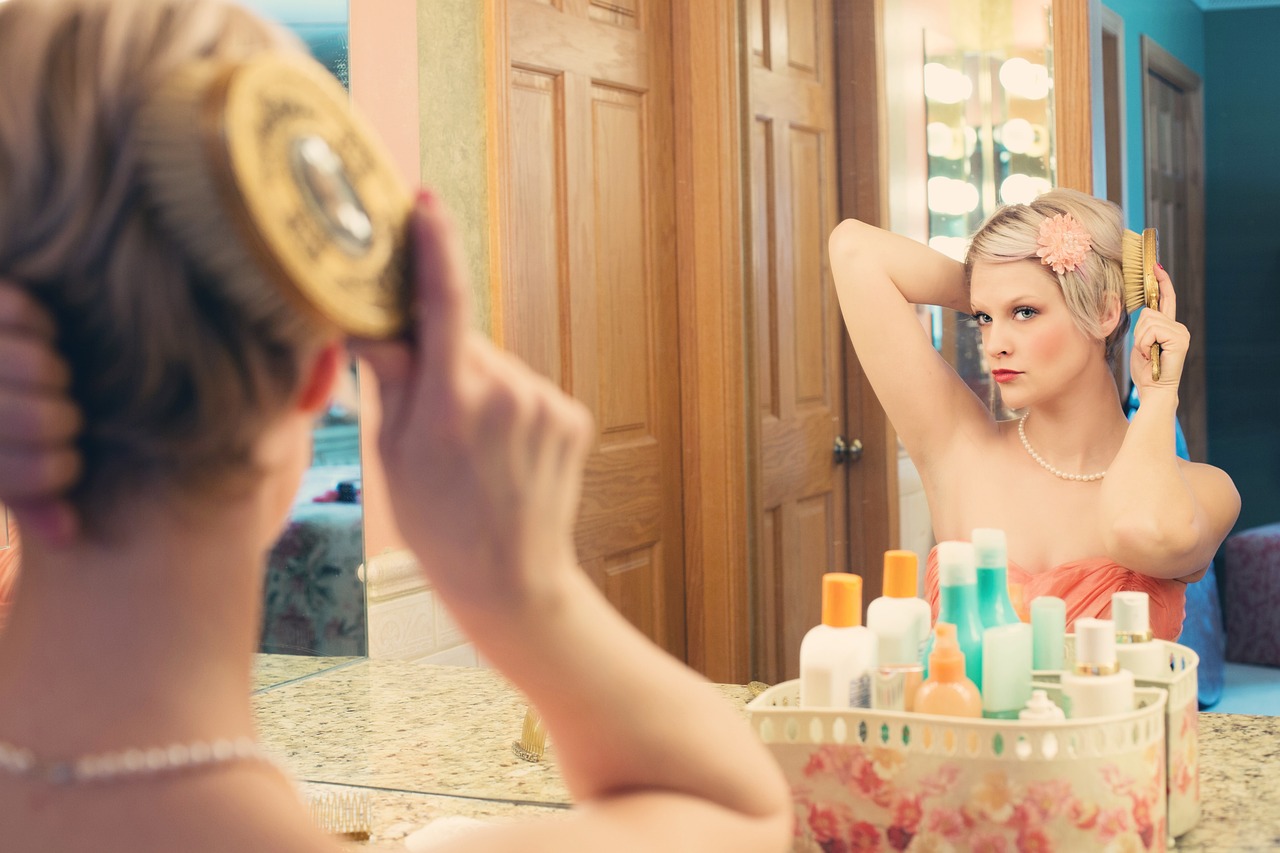
The Top Fashion Innovations of the Year
Introduction: A Year of Bold Change
Let’s face it — fashion is no longer just about fabrics and catwalks. It’s a fast-evolving tech and sustainability powerhouse, reflecting major shifts in consumer demands and global consciousness. This year has been especially wild (in the best way possible) for fashion innovations, pushing boundaries and challenging traditions. Buckle up — we’re about to dive into the most groundbreaking fashion revolutions of the year.
Smart Textiles: Fashion Meets Technology
We’re living in a world where your clothes can do way more than just look good. This year, smart textiles stole the spotlight.
Self-Cleaning Fabrics
Imagine spilling coffee on your shirt and it simply… disappears. Thanks to nanotechnology, fabrics now resist stains, odors, and even bacteria. Brands have started using materials treated with special coatings that make cleaning a breeze — no washing machine needed!
Temperature-Regulating Clothing
Feeling too hot or freezing cold? Not anymore. Temperature-regulating textiles adapt to your body’s needs, using phase-change materials (yes, like what’s used in space suits) to keep you comfy no matter the weather.
Sustainable Materials Taking Over
Eco-fashion isn’t just a buzzword anymore — it’s a full-blown movement reshaping the industry.
Plant-Based Leather Alternatives
Leather without the guilt? Yes, please! Innovations like mushroom leather (Mylo) and pineapple leather (Piñatex) have become fashion favorites. They offer the same luxurious feel without the environmental devastation tied to animal agriculture.
Recycled Ocean Plastics in Apparel
Major brands like Adidas and Patagonia are diving deep — literally — into the ocean to recover plastic waste and turn it into trendy activewear. Talk about turning trash into treasure!
Digital Fashion and Virtual Clothing
The line between reality and the digital world blurred like never before this year.
NFTs and Virtual Runways
Remember when fashion shows needed physical runways? Not anymore. Virtual fashion shows and NFT collections have created a whole new playground for designers. Buying a one-of-a-kind digital dress is the new luxury flex.
Dressing Your Avatar: The Future of Wardrobe
Gamers and metaverse explorers, rejoice! Fashion houses are now designing exclusive outfits for avatars. Think Gucci belts for your Sims or Louis Vuitton jackets for your Fortnite character.
AI in Fashion Design
Artificial intelligence isn’t just about robots and sci-fi anymore — it’s dressing you.

Predictive Design Models
Brands are using AI to predict the next big trends, analyzing millions of data points from social media and shopping patterns. The result? Collections that hit the mark before consumers even realize what they want.
Personalized Fashion Recommendations
Ever wondered how Netflix seems to know exactly what you want to watch? Fashion brands are doing the same thing, offering hyper-personalized shopping experiences based on your browsing habits and preferences.
3D Printing: Revolutionizing Custom Wear
Talk about tailor-made perfection!
From Runway to Reality
3D-printed dresses used to seem like futuristic art pieces. Now, they’re walking real runways — and even entering everyday wardrobes. Designs once impossible to craft by hand are now a 3D printer away.
Sustainable Production Through 3D Printing
Less waste, more wow. 3D printing allows brands to create made-to-order pieces, minimizing material use and reducing overproduction.
Fashion’s Push Toward Inclusivity and Accessibility
Fashion finally got the memo: Everyone deserves a seat at the style table.
Adaptive Clothing for All Abilities
Brands like Tommy Hilfiger and Nike are making waves with adaptive clothing collections, offering features like magnetic closures and adjustable fits for individuals with disabilities.
Size-Inclusive and Genderless Collections
The days of limited sizing and rigid gender categories are fading. Progressive brands now champion body positivity and fluid fashion, designing for humans — not labels.
Augmented Reality (AR) Shopping Experiences
Try before you buy — without even stepping into a store.
Virtual Try-Ons Changing Retail
Thanks to AR, you can now “wear” outfits digitally. Big names like Warby Parker and Sephora are making virtual try-ons feel super realistic, helping customers make smarter choices online.
Eco-Conscious Packaging Innovations
It’s not just what’s inside the box that counts anymore. Brands are ditching plastic-heavy packaging for compostable mailers, reusable totes, and plant-based wraps. It’s like a gift to the planet every time you shop.
Biodegradable Dyes and Eco-Friendly Inks
Bright colors, zero guilt. Scientists and designers are teaming up to create natural, biodegradable dyes that don’t pollute waterways. Brands that adopt these inks are painting a cleaner future for fashion.
Blockchain and Supply Chain Transparency
Fashion’s dark secret — hidden labor abuses and murky supply chains — is being exposed, thanks to blockchain tech. Consumers can now scan a QR code and trace exactly where and how a garment was made. Talk about holding brands accountable!
Conclusion: A Brave New World of Fashion
The fashion industry isn’t just keeping up with change — it’s leading the charge. From digital dresses to biodegradable sneakers, the innovations we saw this year are reshaping not just how we dress but how we think about fashion. It’s smarter, kinder, more inclusive — and honestly, a whole lot cooler. So whether you’re a style junkie, a tech nerd, or an eco-warrior, there’s never been a more exciting time to be part of the fashion world.
FAQs
Q1. What are smart textiles and how do they work?
Smart textiles are fabrics embedded with technology that can monitor, react, or even adapt to environmental conditions. Think self-cleaning shirts or temperature-adapting jackets!
Q2. How is AI influencing fashion design?
AI helps predict trends, personalize shopping experiences, and even design entire clothing lines based on data patterns, making fashion smarter and more responsive.
Q3. What’s the role of NFTs in fashion?
NFTs (non-fungible tokens) allow fashion lovers to own unique digital clothing pieces and participate in exclusive virtual events, making fashion collectibles go digital.
Q4. Are plant-based leathers as durable as real leather?
Many plant-based leathers, like those made from mushrooms or pineapples, are designed to match real leather’s durability while being much more eco-friendly.
Q5. How is 3D printing making fashion more sustainable?
3D printing reduces waste by producing items on-demand and using only the necessary materials, making it a greener alternative to traditional mass production.




